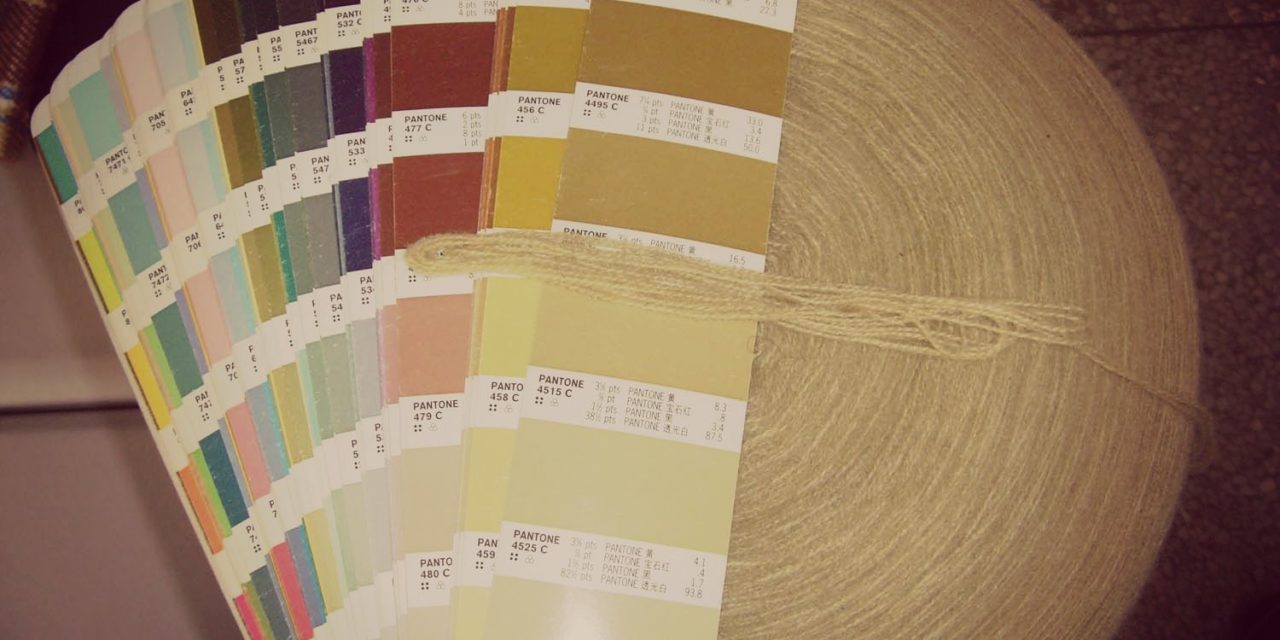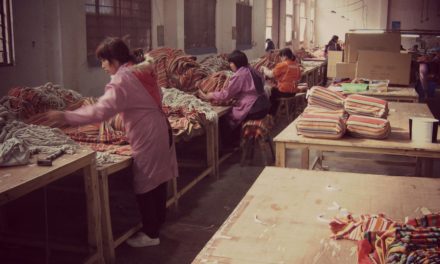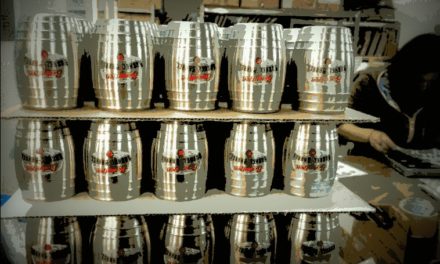Price quotes from China require the buyer (if they want to avoid error) to sit down, think about the project, consider what MAY go wrong and formulate questions and scenarios in their minds.
This is Part III to the other posts on tackling China supplier quotes and here we go with more glorious practicality.
Remember the serious reminder from the previous post:
If something YOU requested is not in the supplier’s quote, then you must go back to the supplier, reconfirm and GET IT IN WRITING.
What’s not in writing, you should not consider included in the quote. The practical way mentioned was to simply line up your initial RFQ with the suppliers quote and cross check. If something you asked is not in there, then go back to the vendor and reconfirm.
This is why it’s stressed to always send in clear, systematic RFQ to your China supplier, that way, your initial RFQ is used as a check sheet.
Tricky Part in Reviewing Price Quotes
But alas, since we’re dealing with China, even comparing apples to apples (ie your RFQ against their quote), is not a magic bullet to avoid discrepancies in your price quotes.
Here is the possibility: the supplier’s quotation looks good and has everything there. But you go back to them to move forward and they say, “no, no, we did not quote that”.
Or worse yet, you receive the sample and something is missing and they say, “we did not quote that”.
Basically the supplier will have something on the quote sheet, but…it’s not really included, only numbers or specs written on the quote file.
In other words, what they say is not packed into the price!
So what to do?
Well, you can negotiate and jump up and down and try to secure some sort of concession like that. In other words, making the supplier try to absorb it, but that’s not starting the order out on the right foot. It will trickle down into the factory’s motivation and effort.
Or, if time allows, whenever you are analyzing your price quotations, here is my suggestion:
Let’s say you request a certain kind of material that the factory does not normally use, or you requested something that is common enough but perhaps not a part of the factory’s current production and they repeated the point back…ok, fine, it’s included in the quote, right?
Not so fast. If the request from your side is slightly less common or a customized aspect, even if the factory repeats it back, in your follow-up email or communication, go back and double-confirm that it is indeed included in the price consideration.
Consider Critical Aspects of the Quote
Find the key, pivotal points in your original RFQ. Whatever the points are which hang the success of the quotation; whether it’s price, quality, a higher-end print, choose a few of those points and pull them out.
Go back to the supplier and double-confirm those points, even if they are included in the price quote.
Do this in such a way, that’s asking a question and making sure the supplier rethinks and reconsiders about the quote.
It’s not so much about a bare “yes or no question” but more of a question to get the suppliers’ mental wheels churning.
“Double-confirm to me the style of print you quoted and that is not the normal cheap print. I want to assure you considered it in the price”.
“The additional packing was included in your price quote, but go back and double-check that you did consider it. We do not want you telling us later on that the additional price was not included”
“You said in your quote that this process is included, please explain to me how it will be achieved”
..I hope you get my idea. The goal is to get the supplier to revisit their price quotations one more time and this is sort of a final caution check before you proceed on the quote.
When errors in suppliers’ price quotes go unnoticed, at best you can expect time loss or annoying, surprise price increases. At worst the hidden errors lead to massive mass production headaches.
Do your best to catch faulty quoting from the beginning.










China Sourcing Basics
Let me share what I've learned about China Sourcing.
Provide your email & receive free ebook: 40 Tips for Emailing China Suppliers.
I'll never spam. I'll share tips on Private Labeling, Sourcing and China Business.
You have Successfully Subscribed!